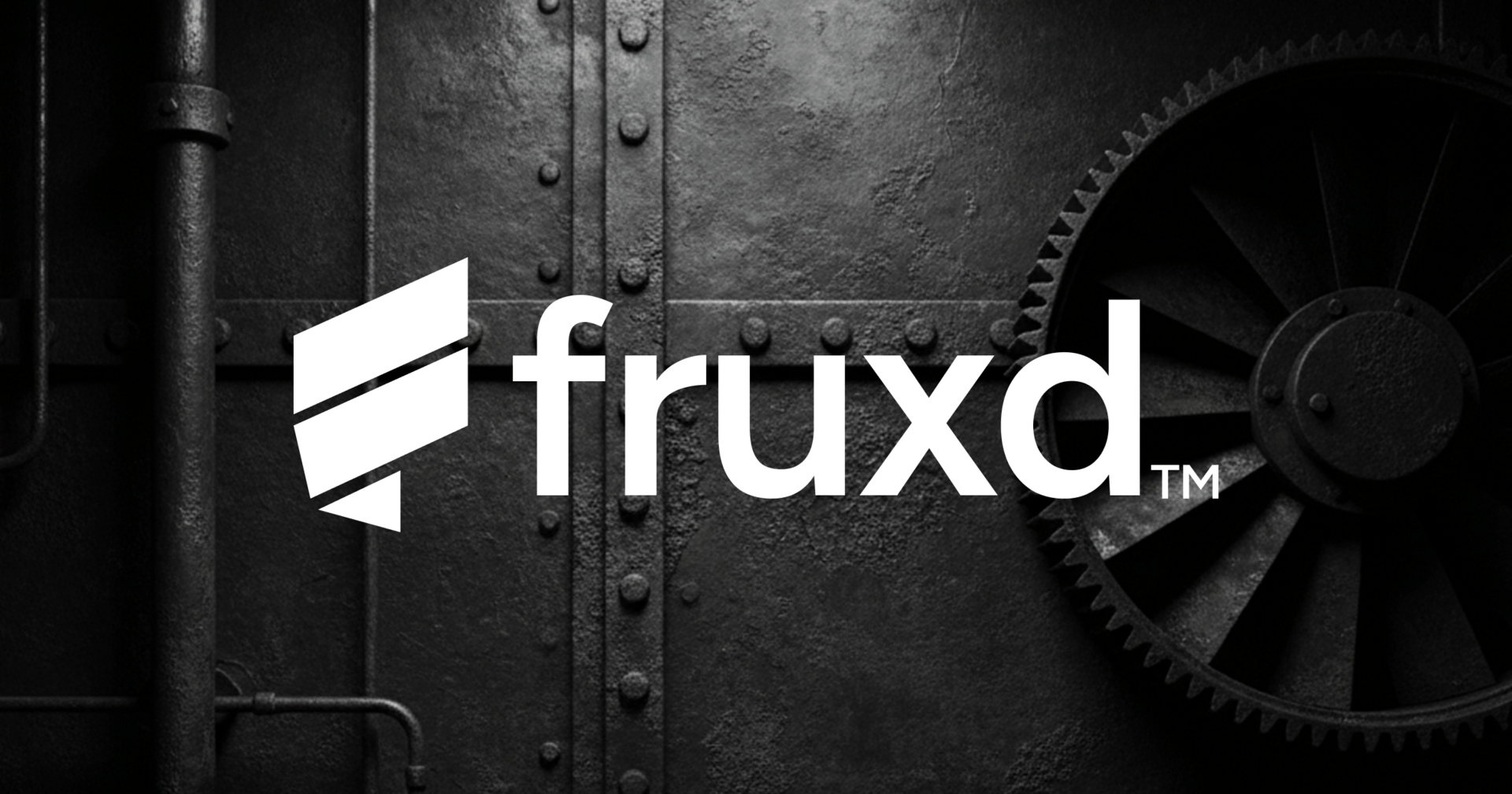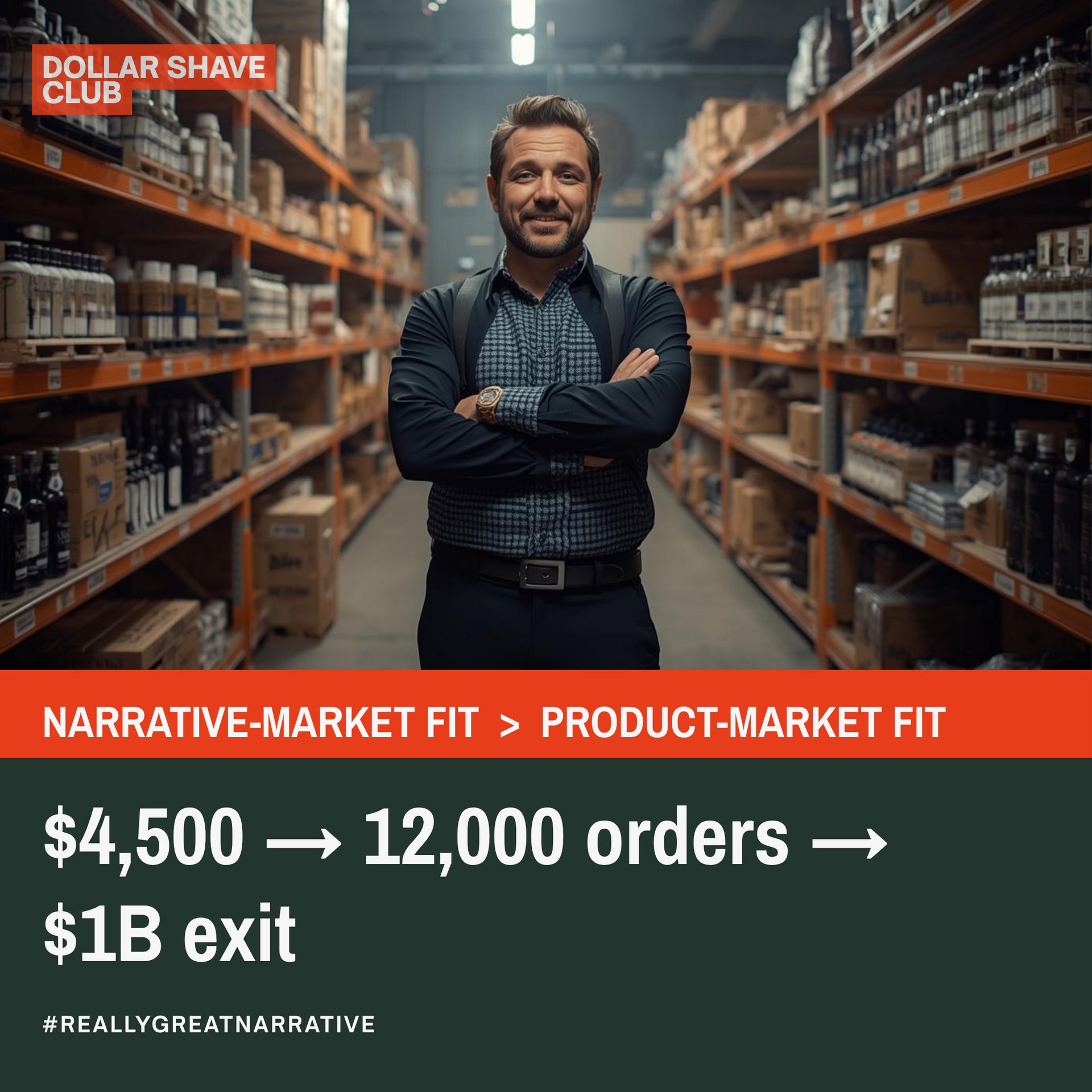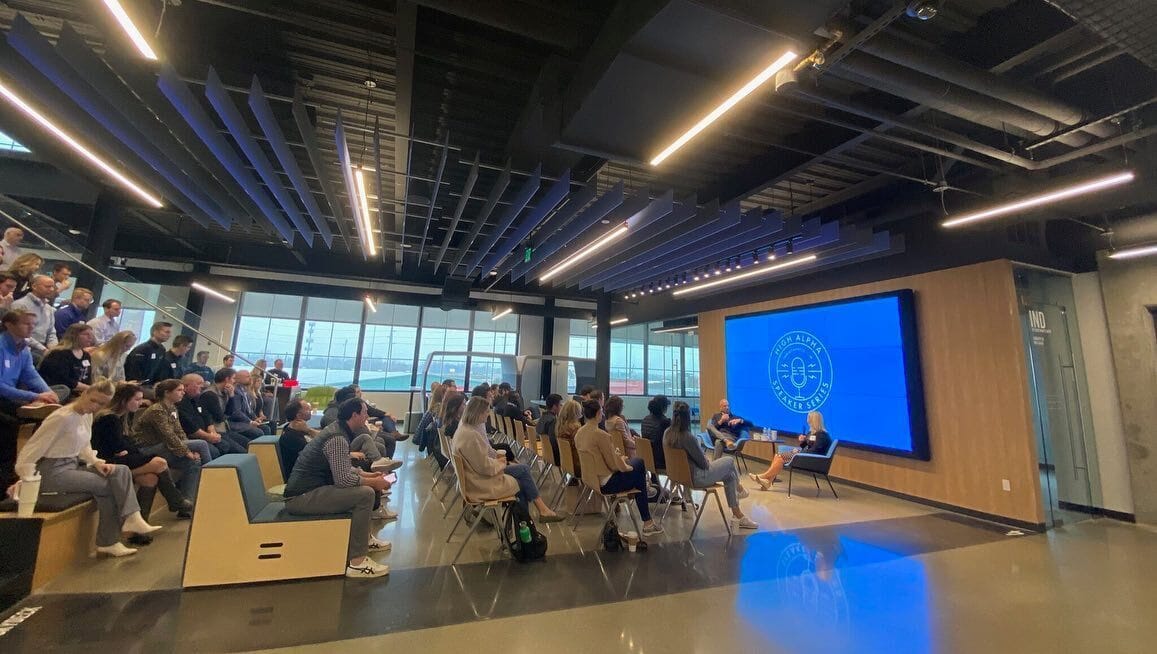
Young venture studios build companies. Experienced venture studios build attention. It’s a simple line, but it cuts to the heart of why some studios thrive while others disappear.
In a world where the number of venture studios has doubled in the past decade, the difference between winning and fading out rarely comes down to process alone. Most studios today have some version of a playbook: ideation workshops, stage-gate systems, early capital pools, or shared services pods.
But the studios that last—the ones producing billion-dollar outcomes and repeatable winners—treat content as infrastructure, not a side project. For them, content isn’t just about marketing. It’s the foundation of awareness, the first product they create, and the growth engine that powers every new company in their portfolio.
This blog will explore why attention is the currency venture studios must prioritize, backed by case studies, operator insights, and research. We’ll dive into Science Inc., High Alpha, and Idealab, alongside lessons from Dollar Shave Club and other studio-backed ventures that used content as leverage. And we’ll outline how FRUXD positions content and awareness as the true differentiators for studios in the next decade.
The Studio Model and Its Blind Spot

The venture studio model was born out of frustration with the inefficiencies of traditional startups. Studios solve for:
Talent: Pre-assembled teams that can design, build, and test quickly.
Capital: Seed funding baked into the system.
Infrastructure: Legal, design, recruiting, and other shared services.
Process: A disciplined approach to moving from idea to scale.
Yet despite this, many studios plateau or fail. Why? Because they overlook attention. They launch companies with operational efficiency but fail to generate the awareness needed to win markets. They assume product-market fit will naturally attract investors, customers, and talent.
In reality, product-market fit without narrative-market fit is fragile. Studios that can’t manufacture attention often find themselves with promising products that nobody knows exist.
Narrative-Market Fit Comes First
The phrase narrative-market fit captures the idea that a startup’s story must resonate with its audience before the product fully matures. Studios are uniquely positioned to deliver this because they build multiple ventures in parallel, with centralized resources for storytelling.
Awareness becomes the first deliverable. A pitch deck, a launch blog, a video, or a newsletter isn’t just collateral—it’s the prototype of the company’s market presence. Done right, it validates interest before heavy capital investment.

Image created by Fruxd.
The Dollar Shave Club
Few case studies illustrate this better than Dollar Shave Club. Backed by Science Inc., the Los Angeles-based studio, DSC launched in 2012 with a single piece of content: a $4,500 video titled “Our blades are f**ing great.”*
That one video:
Generated 12,000 orders in 48 hours.
Crashed the website from demand.
Built brand recognition overnight.
Positioned DSC as a challenger brand with a voice.
By 2016, Unilever acquired Dollar Shave Club for $1 billion. The product was solid, but the story created the momentum. Science Inc. didn’t just incubate a company—they incubated a narrative.
Content as Operating System

High Alpha Speaker Series. Photo by High Alpha.
Studios that win embed content creation into their operating systems.
It’s not outsourced PR or ad hoc campaigns. It’s part of the daily build process.
Case Study: High Alpha
High Alpha, based in Indianapolis, blends venture studio with venture capital. Their team treats storytelling as a discipline equal to product and engineering.
They run quarterly storytelling sessions for all portfolio companies.
They train founders to treat decks, blogs, and LinkedIn posts as media assets.
They encourage publishing early, even before product maturity.
This approach compounds awareness. Each company benefits not only from its own content but from the collective distribution and narrative gravity of the studio.
The Original Playbook – Idealab
Idealab, founded in 1996 by Bill Gross, is widely regarded as the first true venture studio.
Over 150 companies have been launched under its umbrella, with 45 IPOs or acquisitions.
What many forget is that Idealab always prioritized storytelling. Gross frequently emphasized communicating bold visions, rallying teams, and building media presence for new ventures.
In the late 1990s, when digital distribution was still emerging, Idealab companies like Overture gained traction through aggressive awareness campaigns that married product innovation with narrative clarity.

Idealab Studio. Photo by Idealab Studio.
The Science of Attention
Research supports what these studios discovered intuitively: content drives trust, engagement, and adoption.
A 2024 study in Industrial Marketing Management found that timely, story-driven content significantly increased engagement in B2B contexts, especially when audiences faced high uncertainty. (ScienceDirect)
Startups that actively publish case studies, blogs, and user stories are perceived as 38% more credible by potential investors and partners. (LinkedIn B2B Institute, 2023).
Storytelling in SaaS has been repeatedly cited as the most cost-effective differentiator in saturated markets. (LinkedIn).
For venture studios, this means ignoring content isn’t neutral—it’s a liability.
Content as Capital
Attention is convertible.
Studios that master content convert narrative into capital in three ways:
Investor Capital: Storytelling drives deal flow. Investors want to back companies that already own attention.
Talent Capital: Top operators and engineers are drawn to companies that feel alive, visible, and bold.
Market Capital: Customers engage earlier when they believe in the story.
The best studios recognize this and allocate real resources to content from day one.
Our Perspective
At Fruxd, we argue that venture studios should act as publishers as much as builders.
Every pitch deck, case study, and podcast episode is a media asset that compounds value across the portfolio.
We see three principles that define the next generation of successful studios:
Publish More Than You Pitch
Regular publishing builds visibility and authority.
Narrative Before Product
Validate the story in market before spending millions on code.
Content as Infrastructure
Treat storytelling pods as essential as design or engineering pods.
Studios that adopt this mindset won’t just build companies. They’ll build audiences, credibility, and staying power.
Broadcast or Be Forgotten
A founder can code in silence.
A studio cannot.
Venture studios scale only when the market knows, trusts, and engages with their stories. Content isn’t the garnish on the plate—it’s the first course, the main course, and sometimes the entire meal that gets a company to the table.
Dollar Shave Club didn’t start with blades. It started with a story.
High Alpha doesn’t just ship SaaS. It ships narratives.
Idealab didn’t only engineer products. It engineered awareness.
The studios that survive and thrive over the next decade will be the ones that treat attention as their first and most valuable product.
At Fruxd, we believe the studios that publish more than they pitch will be the ones everyone follows.
Access the Venture Studio Content OS and grab the checklist for making content your first product completely free.
All information on this page reflects the author’s personal opinion and is not legal, investment, or accounting advice. Always consult qualified professionals before making financial or strategic decisions.
